Being as unique in appearance as the African gooseneck turtle, aquatic turtles are fun to watch. These turtles have the common name of sideneck because they are unable to retract their head into their shell fully, so they put it to the side. turtles can live a long time and are larger than others. Their shells are often dark brown and their skin varies from olive to brown with black markings on the top of the head. They have large round eyes and a mouth that appears to be attached. If you’re willing to put in the effort, the sideneck turtle can be a good pet. Sidenecks have moderate care needs but can be suitable for beginners.
The West African mud turtle is also known as the African sideneck turtle. They are semi-aquatic reptiles and can be found throughout western and central Africa. These turtles prefer freshwater habitats such as swamps, marshes, rivers, ponds, and even mud holes.
African side neck turtles do well in captivity and are advertised as beginner-level reptiles due to their personable dispositions. They are still large turtles and require specialized care. They can live up to 50 years if they are taken care of.
African sideneck turtle feeding
African sideneck turtles need both plant and animal-based foods in their diet to get the nutrition they need. There is a general feeding schedule to follow.
Crickets, earthworms, dubia roaches, frozen bloodworms, silkworms, guppies, mollies, platies, and mosquito fish are some animal-based foods for African side neck turtles.
Vegetables for African sideneck turtles include: green leaf lettuce, red leaf lettuce, romaine lettuce, raw vegetable squash, carrots, green beans, and raw vegetable sweet potato.
Pellets for African sideneck turtles: Omega One Juvenile Turtle Pellets, Zoo Med Natural Aquatic Turtle Food, Mazuri Aquatic Turtle Diet, Omega One Adult Turtle Sticks, Tetra ReptoMin.
African Sideneck Turtle Behavior
African sideneck turtles have longer necks than most other turtles. They have a distinct advantage over their fellow turtles. These turtles can correct themselves using their neck muscles if they get turned upside-down. When other turtles are turned on their shells, they are often helpless.
African sidenecks are not the exception when it comes to socializing pet aquatic turtles. They might be a little shy at first, but once they’re comfortable they’re usually inquisitive and can be interesting to watch.
Unlike other aquatic turtles, these animals are not for handling. They are easily stressed and might bite when provoked. It’s important to wash your hands after handling anything in their environment, as they might carry salmonella bacteria. It’s probably best to keep them away from small children due to the risk of infections.
African sideneck turtle care
Turtles are not the kind of pet you can handle regularly. They are best left alone most of the time. However, African sideneck turtles tend to tolerate it better than most other turtles.
Roundworms and other parasites can be found in African side neck turtles. It’s difficult to spot symptoms which makes it difficult to treat them. If you have your turtle checked regularly by a specialist vet, they will be able to screen you for parasites.
Ensure that the water temperature is kept constant and that your turtle is provided with food. To ensure that your turtle is living in suitable water, you should clean and change the water frequently. If your turtle gets too hot or cold, it can cause illness, so keep it in the right temperature range.

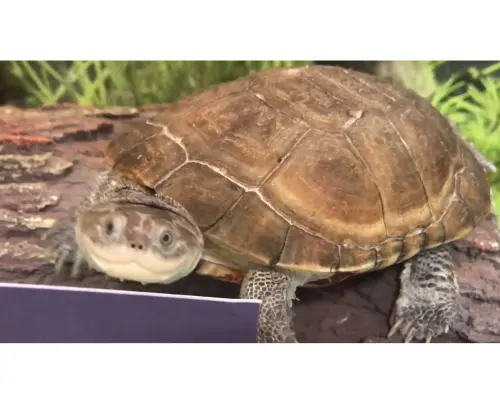
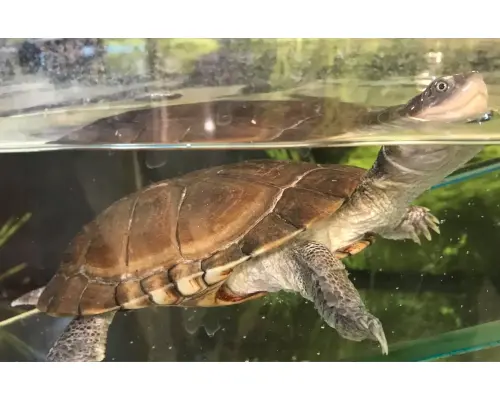
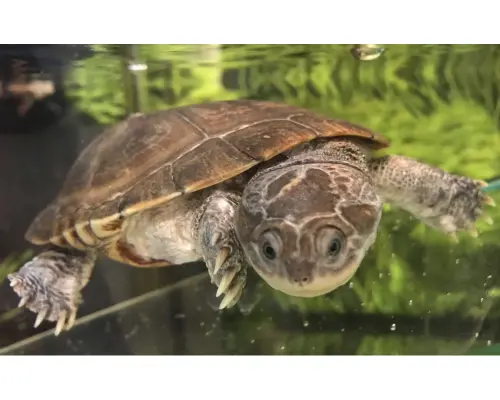





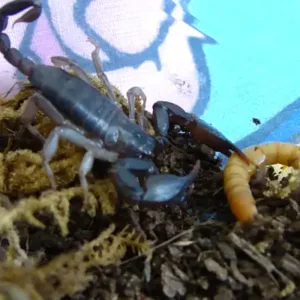

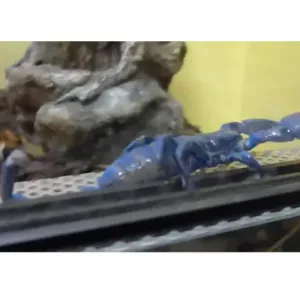

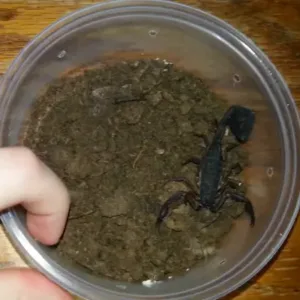
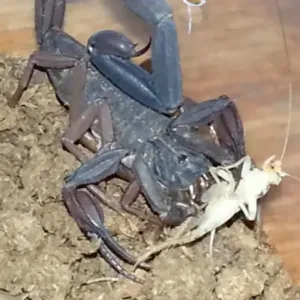
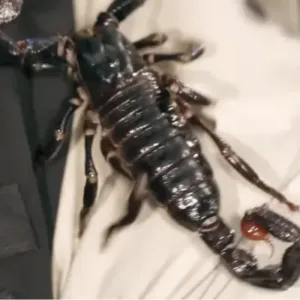
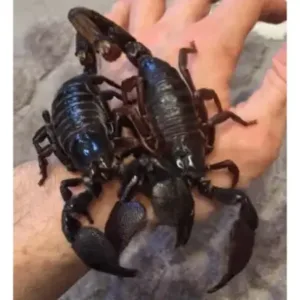
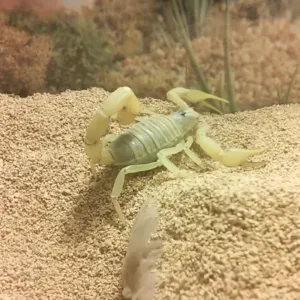

Reviews
There are no reviews yet.